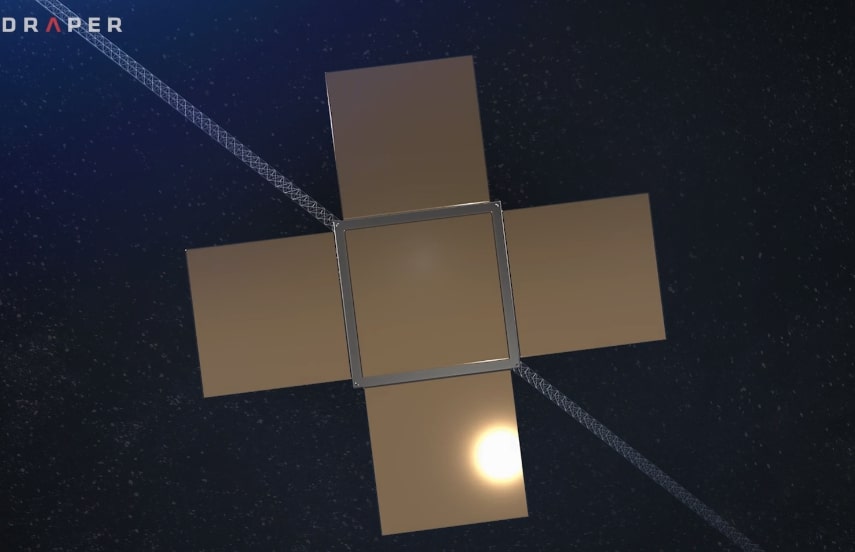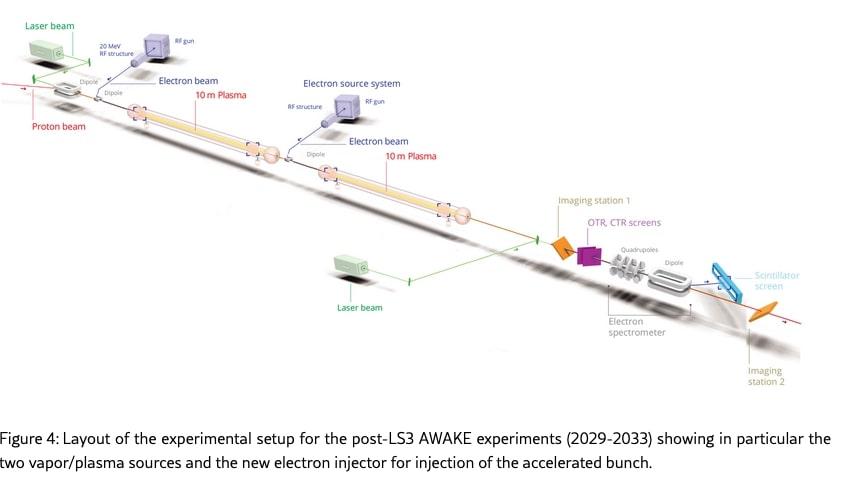Now Reading: Californium-Powered Thin Film Nuclear Tech Aims to Boost Gravitational Lensing Missions
-
01
Californium-Powered Thin Film Nuclear Tech Aims to Boost Gravitational Lensing Missions
Californium-Powered Thin Film Nuclear Tech Aims to Boost Gravitational Lensing Missions

Fast Summary
- The Thin film Isotope Nuclear Engine Rocket (TFINER) project, led by Jim Bickford, aims to revolutionize space propulsion.
- TFINER uses “thrust sheets,” thin films coated with radioactive isotopes that leverage nuclear decay to emit fast-moving alpha particles for propulsion.
- The system provides velocities of almost 100 km/sec,vastly outperforming conventional chemical rockets.
- Applications include missions like reaching the solar gravitational lens focus (~550 AU) in 25 years or enabling precursors for future interstellar expeditions.
- Advanced isotopes like Californium-254 coudl boost top speeds even further, nearing half a percent of light speed (300 AU/year).
- Unlike customary solar sails targeting single points in space, TFINER enables realignment across multiple observational targets due to residual ∆V capability.
- Current technology readiness level (TRL) stands at 2; major advancement areas include isotope production/separation, thrust sheet proof-of-concept validation, and spacecraft optimization.
- Safety measures need assessment for material handling and launch integration due to nuclear risks.
Indian Opinion Analysis
The TFINER project underscores the growing ambition in space exploration powered by advanced propulsion technologies. For India-keen on expanding its footprint in astrophysics and space innovation-this development presents potential collaboration opportunities. as nations invest heavily into technologies enabling deep-space research and interstellar readiness, partnerships could accelerate India’s pace toward crafting next-gen exploratory missions under ISRO.
Given India’s recent advancements such as Chandrayaan and aditya-L1 missions targeting lunar and solar phenomena respectively, such high-speed technologies may complement existing goals of exploring beyond Earth’s orbit efficiently. Challenges surrounding isotope production could spur international collaborations owing to regulatory complexity but also prime India’s scientific community toward nuclear material expertise. Exploring safety protocols might offer dual-use benefits for industries tapping into radioactive processes domestically.
In essence,trailblazing progress like TFINER revitalizes global dialog around cooperative ventures while bolstering national ambitions for transformative outcomes within the broader context of humanity’s quest beyond our solar system.




























